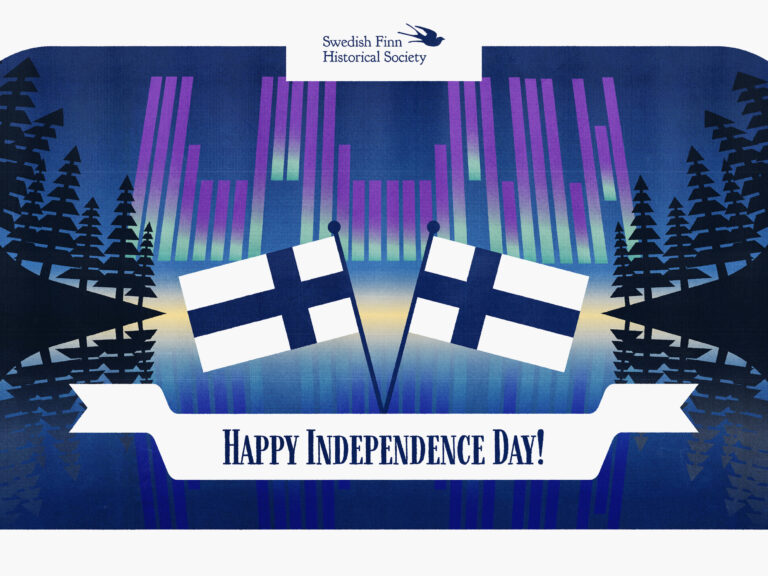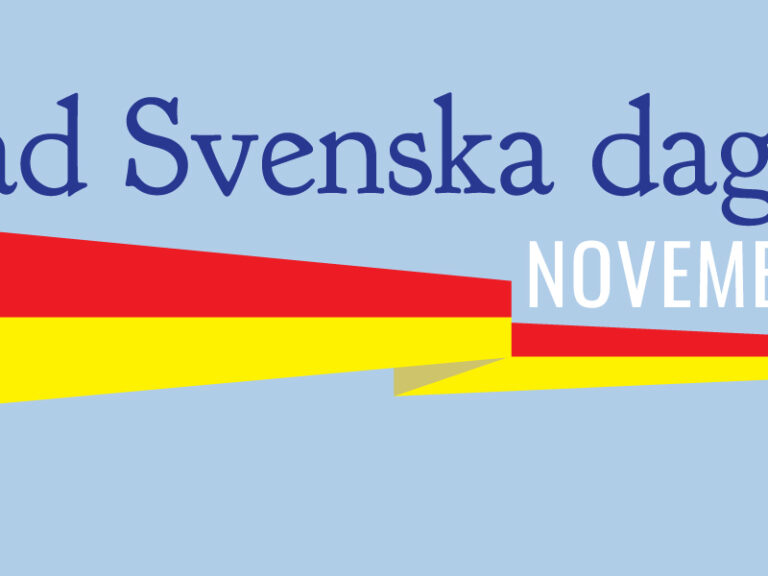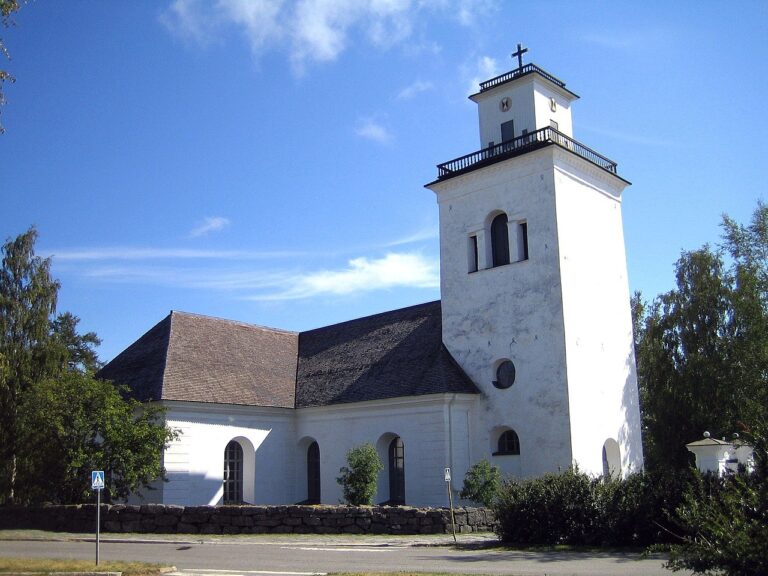By June Pelo.
Sources include the National Archive – Old Handwriting and Documents; Kalevi Kiesi and the internet.
Monetary unit in the Middle Ages: The unit was 1 mark (markka), which originally was 210.5 grams silver. 1 mark was 8 öre, 1 öre was 3 örtug, 1 örtug was 8 penning.
In 1534 Sweden began to make the daler like other European countries. It consisted of 27-28 grams silver, later 25.5 grams. The value was fixed. Later it was called riksdaler.
In 1590 Sweden 4 marks was also called 1 daler or 1 Swedish daler, which was divided into 32 öre.
In the 1620s during the Thirty Years War in Europe the price of silver and the salary costs of mercenary troops rose so high that Gustaf II Adolf had to do something to make Sweden a superpower. Sweden began to make dalers of copper and the salaries were paid in them. Gradually copper lost its value in comparison to silver. The daler was available in silver and in copper. In 1624 1 silver daler was equal to 1 copper daler. In 1661 the original (1534) riksdaler had a value of 1 5/8 times and 4 7/8 of the copper daler, so 1 silver daler was equal to 3 copper dalers.
In 1776 the money system was changed. The basic unit was 1 riksdaler, which was 6 silverdalers or 18 copper dalers. One riksdaler was divided into 48 skillings and a skilling was divided into 12 runstyck.
Those units were used also during Russian rule in the 1800s. The Russians brought in their own money which was 1 silverrubel divided into 100 kopeks. There are different price transactions which can be found that were given in BancoRiksi or rubels in silver at that time.
In 1860 Finland used its own monetary unit of markka, which was divided into 100 pennis. The value of markka was one quarter of the silver rubel. The Finnish word markka has an ancient meaning of the skin of a squirrel.
An example: On a riding farm (ryttare hemman) in the 1600s, 30 silver dalers was estimated as the amount of the yearly yield of a one mantal farm, in some parts of Finland. That was also the amount that a ryttare farmer received as an exemption on his land taxation. If the circumstances were favorable, the farmer received his investment (horse, equipment, weapon, hiring payment and yearly salary of a riding soldier) back in 3-5 years.
Finland joined the Third Phase of the Economic and Monetary Union (EMU) in May 1998 and adopted the common currency, the euro, in 1999.
Euro coins and notes were introduced in the beginning of 2002 in 12 Member States of the European Union. They are: Austria, Belgium, Finland, France, Germany, Greece, Ireland, Italy, Luxembourg, The Netherlands, Portugal and Spain.
National markka banknotes and coins were withdrawn from use in Finland in the end of the dual circulation period in 28 February 2002.





